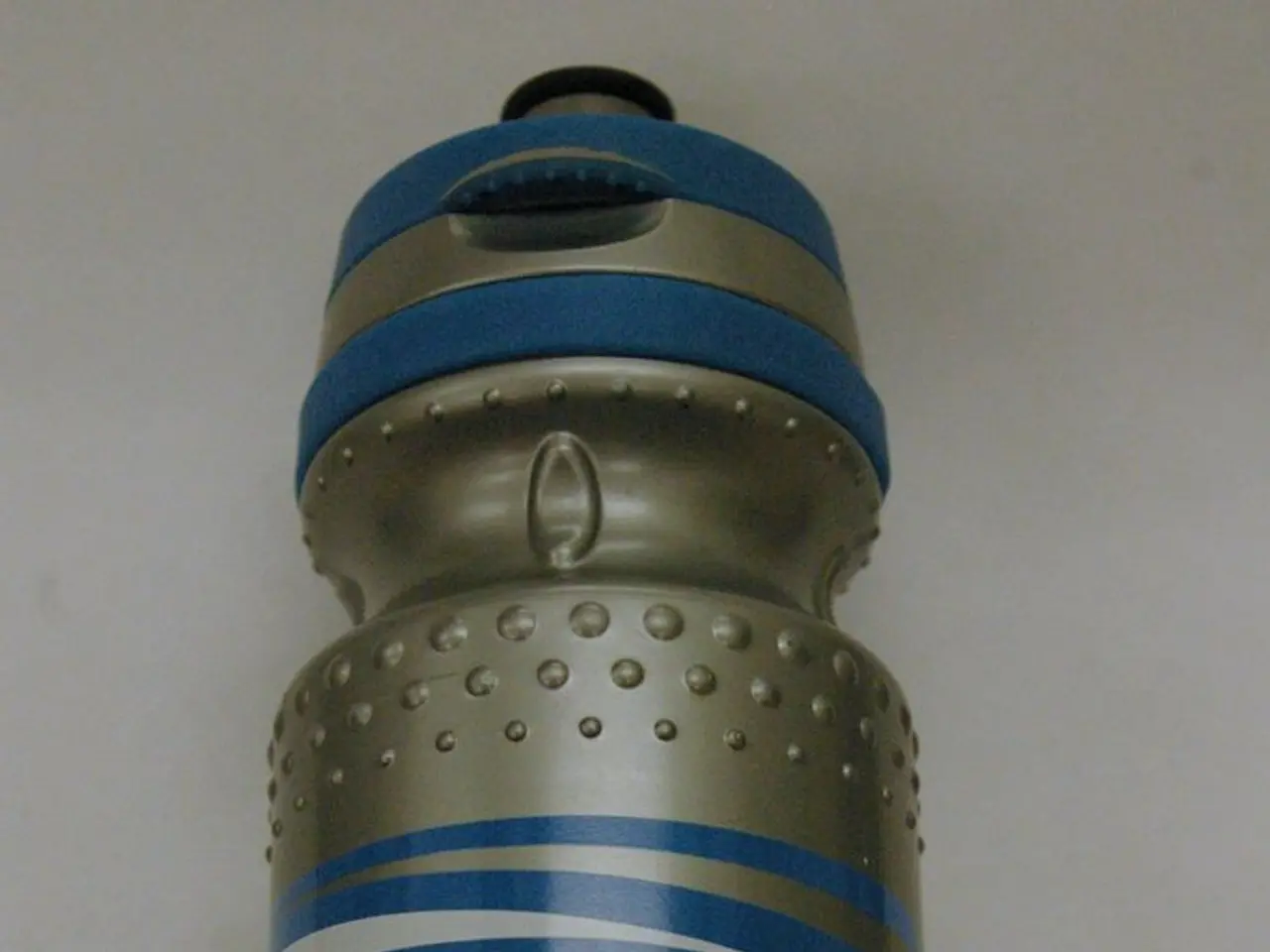Gene Therapy's Significant Moment in DMD Progression and the Advocacy for Small Molecules
Duchenne muscular dystrophy (DMD), a rare yet significant disease, has been the focus of extensive scientific efforts in the field of rare disease medicine. However, the journey towards a cure has been complex, with challenges in safety, scalability, and real-world application.
Currently, gene therapy for DMD is navigating the "Trough of Disillusionment" in the Gartner Hype Cycle, a phase where the technology's promise is tested by the complexities of the real world. AAV9 has been a major focus in DMD gene therapy, but clinical events have revealed limitations and risks associated with high-dose systemic AAV delivery.
Nevertheless, other AAV serotypes like AAV8 and AAVrh74 offer different tissue tropism profiles and may improve transduction efficiency or safety in certain contexts. For instance, AAVrh74 has shown promising muscle-targeting characteristics with potentially lower immunogenicity and is being evaluated in experimental gene therapies for multiple neuromuscular diseases. Currently, Sarepta Therapeutics is involved in clinical trials developing treatments for DMD using AAVrh74-based gene therapies.
However, a one-size-fits-all approach is no longer viable for DMD treatment. Instead, a comprehensive arsenal of tools is needed to treat and ultimately overcome this devastating disease. Regulators, researchers, and investors must embrace the complexity of DMD treatment and fund and advance multiple modalities in parallel.
One such modality is small molecule therapeutics, which offer a near-term, deployable, scalable, and well-understood bridge for DMD patients until more permanent solutions like gene editing are developed. Small molecules can target pathways critical to muscle health, such as inflammation, regeneration, fibrosis, and integrin signaling, without the risks associated with irreversible genome editing or immune activation.
Moreover, oral small molecules can be titrated, paused, and combined with other therapies, making them especially promising as a baseline treatment for all DMD patients, including those not eligible for gene therapy or CRISPR trials. The use of AAV9 in DMD has shown the strain of trying to stretch a platform beyond its intended scope.
Cell therapies, such as satellite cell transplantation, stem cell-derived myoblasts, and engineered muscle progenitors, are making early clinical progress and may help rebuild damaged tissue or deliver supportive trophic factors.
Lentiviral vectors, lipid nanoparticles (LNPs), polymeric nanoparticles, peptide-based delivery vehicles, and exosome-like vesicles are other avenues for therapeutic delivery in select applications. However, none of these alternatives are without their own challenges. Diversifying the vector toolbox will be critical to building a sustainable gene delivery ecosystem for DMD.
Gene editing platforms like CRISPR remain powerful, but delivery challenges persist, and systemic editing of muscle cells across the body is still years from being fully optimized. The future of DMD treatment isn't about choosing between gene therapy or small molecules, editing or exon-skipping. It's about combining these tools in thoughtful, patient-centered ways.
In conclusion, the fight against DMD requires a multi-faceted approach, leveraging the unique advantages of each therapeutic modality while acknowledging and addressing their challenges. By working together, we can build a sustainable, comprehensive arsenal of tools to treat and ultimately overcome DMD.
Read also:
- Nightly sweat episodes linked to GERD: Crucial insights explained
- Antitussives: List of Examples, Functions, Adverse Reactions, and Additional Details
- Asthma Diagnosis: Exploring FeNO Tests and Related Treatments
- Unfortunate Financial Disarray for a Family from California After an Expensive Emergency Room Visit with Their Burned Infant








